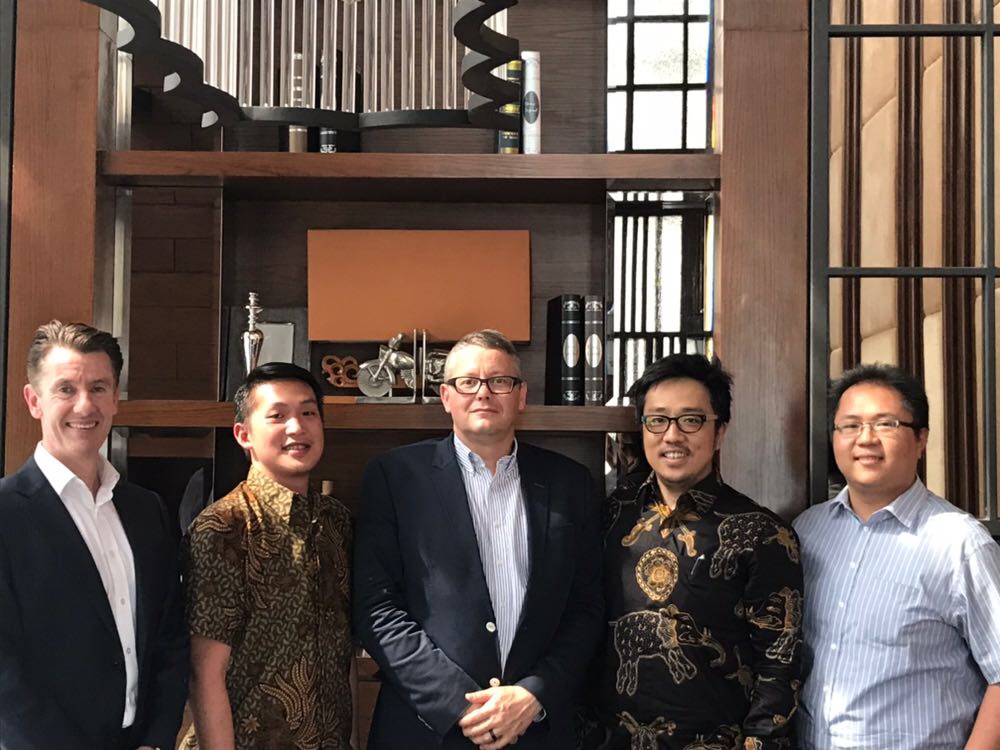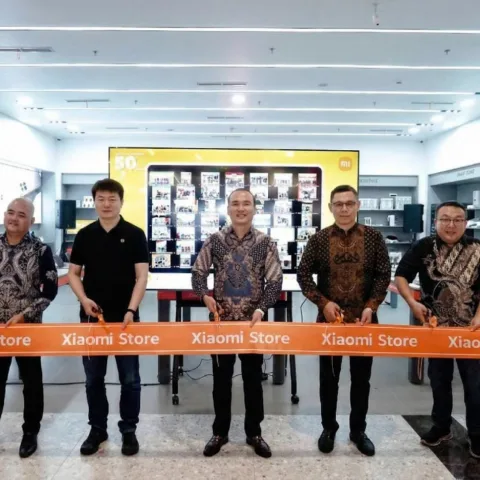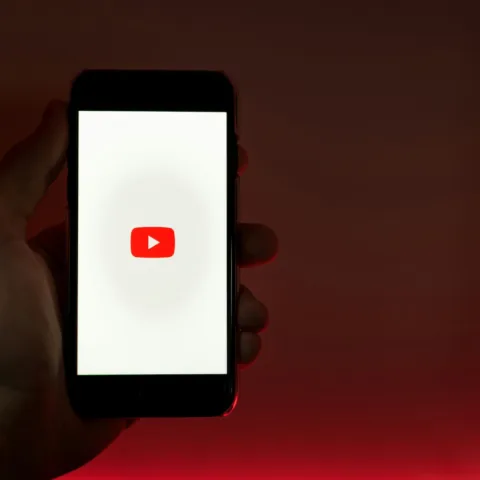
Building an excellent public awareness is crucial when running a startup. Chatrine Siswoyo, a PR consultant at PRecious Communication, has assisted startups developing their public awareness for years. She claimed that there are at least three things that contribute the most in the awareness development: story, purpose, and platform.
There are actually various roles that PR holds within a startup, starting from defining the brand and startup’s target market to communicating with stakeholders and investors to manage the expectation, connecting to influencers in order to add more credibility, and managing the brand exposure towards media and social media.
However, Siswoyo admitted that some startups that she met positioned PR consultant as the “solution of everything for everyone”. This, she said, is totally out of the line, considering the limited time and capital that a startup possesses as well as investors’ demands.
Therefore, she suggested startups to make every single opportunity for building brand and product exposure count, while focusing on designing products which are relevant to the target consumers. One of so many ways is by building and keeping positive relations with related parties.
There are three things that she highlighted:
1. Brand Story
When developing marketing strategies, don’t forget to include the target market and a prediction of how consumers would perceive your brand or product. Try to answer this ultimate question, “What does differentiate your product to others?”, and you’ll figure your brand story out.
It’s true that today, getting a publication is quite easy. However, a good storytelling capability is fundamental should startups intend to have their campaign running in a long, long time. It’s also necessary for them to know about how to convey their ‘key message’ to consumers.
2. Purpose
After you establish your brand story, it is essential for you to have a clear purpose for your communication and marketing. Is it to attract tons of investors or get much more influencers’ support? Determine your purpose wisely to avoid unnecessary problems on your way.
3. Platform
The next step would be to decide the best tools or platform for your communciation strategy. To increase your brand awareness, mass media and social media would be a perfect choice, whereas to get buy-in from stakeholders, direct meetings would be the best platform. The point is, consistency in delivering the brand story and overall message is a must.










